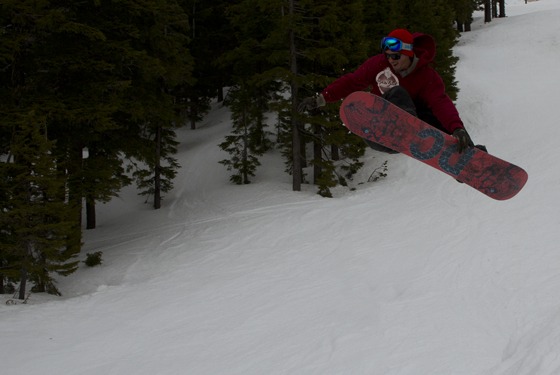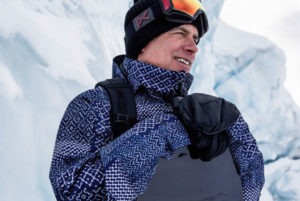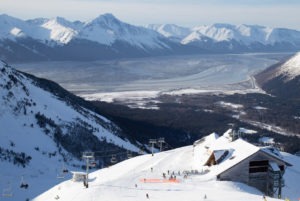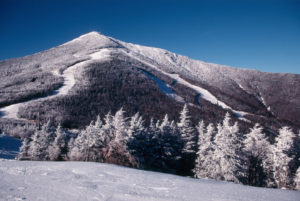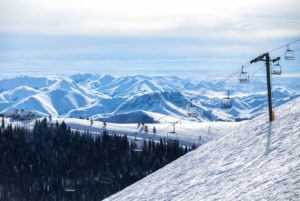2012 DC Snowboard Technology
 There are a lot of important technology and features that go into making DC Snowboards. This is what makes DC Snowboards unique and superior compared to alot of other boards on the market.
There are a lot of important technology and features that go into making DC Snowboards. This is what makes DC Snowboards unique and superior compared to alot of other boards on the market.
What is the Feel-O-Meter? The Feel-O-Meter is our board reference in DC catalog. Several key ingredients go into making the perfect snowboard. And in the end, it’s the overall feel that matters the most. By using the Feel-O-Meter, you can get an overall idea of what your board will feel like. You can the Feel-O-Meter guide for the flex, maneuverability and camber. Moving along to the flex. With the flex, we move from “less drive” to “more drive.” Less drive being softer, and more drive being a more stiffer board. Maneuverability is based on the camber. Either anti-camber or traditional camber, combined with the side cut, giving you longer turns or shorter turns. Camber, which will go from the -6 anti-camber, to the +6 traditional camber. Which makes the board more responsive, or more playful.
 “I’m riding my board again, the DC Devun Walsh and it’s awesome! I’m loving it. Just goes where I want it to go. It’s super easy to ride.” – Devun Walsh
“I’m riding my board again, the DC Devun Walsh and it’s awesome! I’m loving it. Just goes where I want it to go. It’s super easy to ride.” – Devun Walsh
Sounds like Devun likes the anti-camber that’s featured on his board. With the anti-camber, you have a flat surface in between your feet, which gives your board it’s life popping drive. As you move out to the tips and the tail, they gradually come up off the snow. The levels of anti-camber go anywhere from Devun’s board, which is a -2 mm of anti-camber, all the way up to DC PBJ, which is a -6 mm of anti-camber. The anti-camber just makes your board a lot more loose and playful. And it brings your contact points off the snow, which keeps you from catching your edges. “I rode the DC Tone in the backcountry, it has super good floaty and awesome pop, love the way it’s shaped, the way it turned. Like he said, it’s soft, but still poppy.” Ryan Tiene
 The secret ingredient to DC anti-camber board is the Camber Core. This unique feature help DC win several awards, including three Transworld Good Wood Awards. The Camber Core is a little bit thinner in between your feet for foot steering in coarse or softness. And then it gets a little bit thicker underneath your feet to give you a solid platform. Then right outside your feet, we rise up the core even more to make it thicker. And this is what we call the Camber Core. This creates a stiffer section outside your feet so when you are airing, or land a trick, you have a stiffer platform. One of the things we found when making an anti-Camber core is when the fiberglass pushes out away from the snow it has no tension, and tension tends to wash away. That weight we put in the Camber Core gives you snap and pop.
The secret ingredient to DC anti-camber board is the Camber Core. This unique feature help DC win several awards, including three Transworld Good Wood Awards. The Camber Core is a little bit thinner in between your feet for foot steering in coarse or softness. And then it gets a little bit thicker underneath your feet to give you a solid platform. Then right outside your feet, we rise up the core even more to make it thicker. And this is what we call the Camber Core. This creates a stiffer section outside your feet so when you are airing, or land a trick, you have a stiffer platform. One of the things we found when making an anti-Camber core is when the fiberglass pushes out away from the snow it has no tension, and tension tends to wash away. That weight we put in the Camber Core gives you snap and pop.
“Really easy to ride, super good for jibbing and has a nice float in the powder. Has minus four reverse camber on the tips but flat in the middle. And it turns nicely between your feet. You almost get the surfboard/skateboard feel.” Lauri made front sevens and switchbacks like nines look easy to land in powder right? It probably has something to do with Radius to Flat that’s featured in all DC boards.
 Traditional snowboards have a radius that roll up to the tip to tail. To give our boards more float in powder, we use the a Radius2Flat. And what does that mean? The flat section works like the hull of a boat, where the board will rise in deep powder and will help you stick in deep landings. Structurn is a dimpled stretch at the base of your board and is exclusive to DC manufacturing partner GST. This is just another feature that helps the DC team do what they do.
Traditional snowboards have a radius that roll up to the tip to tail. To give our boards more float in powder, we use the a Radius2Flat. And what does that mean? The flat section works like the hull of a boat, where the board will rise in deep powder and will help you stick in deep landings. Structurn is a dimpled stretch at the base of your board and is exclusive to DC manufacturing partner GST. This is just another feature that helps the DC team do what they do.
“I ride the MLF 158. Sometimes I ride a 54. It’s a twin tip and it holds the edge so good. The shape is so nice when you are looking down – it’s definitely my favorite board I’ve ever ridden.”- Iikka Backstrom
“This year I got the MLF 58 and it’s just a sick board because you can pretty much shred anything with it. It shreds anything from the big lines to the big kickers. It’s a regular camber. It’s kind of the way I like it. I have tried some other ones, but this is definitely the board that I have shredded all season. And the shape of it, the nose kind of cuts the pow pretty easy, you don’t have to do so much work. That’s definitely what I like about it.” – Lonnie Kauk
Iikko and Lonnie killed it on the MLF this past season on all types of terrain and he really liked the traditional camber that the DC MLF features.
 The DC Ply features a lock and load camber and the idea behind this board came from Torstein and Aaron and how they wanted a board to feel like. The lock and load is what really separates the DC Ply from other boards. With the lock and load camber instead of having a single contact point, it features a contact zone.
The DC Ply features a lock and load camber and the idea behind this board came from Torstein and Aaron and how they wanted a board to feel like. The lock and load is what really separates the DC Ply from other boards. With the lock and load camber instead of having a single contact point, it features a contact zone.
“The DC Ply is awesome. It’s a new board in our lineup. Its what Torstein and I both have our pro models in now and bringing back some camber doing a real good job with the pop and the flex. Represents a middle ground between the PBJ and the MLF. If you need a camber board, this is the one.” Aaron Bittner
“We were missing another camber board in the line. so we came up with the PLY with the whole development crew. It has all different lengths; some in-betweeners, some .5 and .75s. It’s a little different and it’s still a camber board and has a lot of power and it’s super fun to jib around and cruise around. I usually ride around with the 50.5, which is my board. But right now, it’s summer shredding and I’m trying the 147, which is super fun too. Ride a longer board for slopes out contests. And I use the same board in powder too. So it’s got a lot of power and good pop. All around, it’s a sick snowboard.” – Torstein Horgmo
